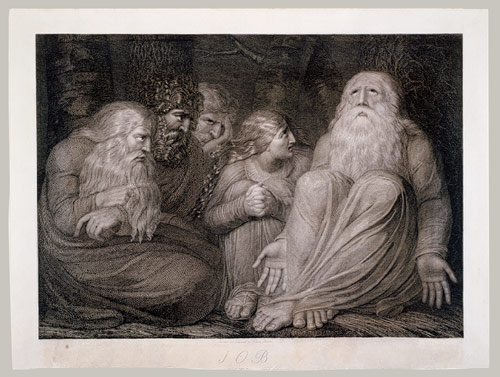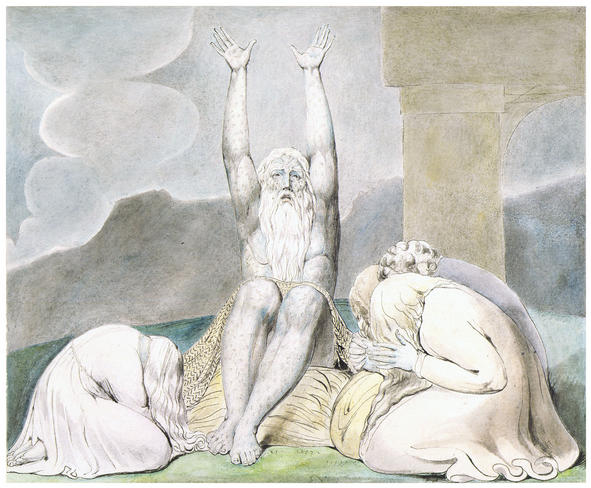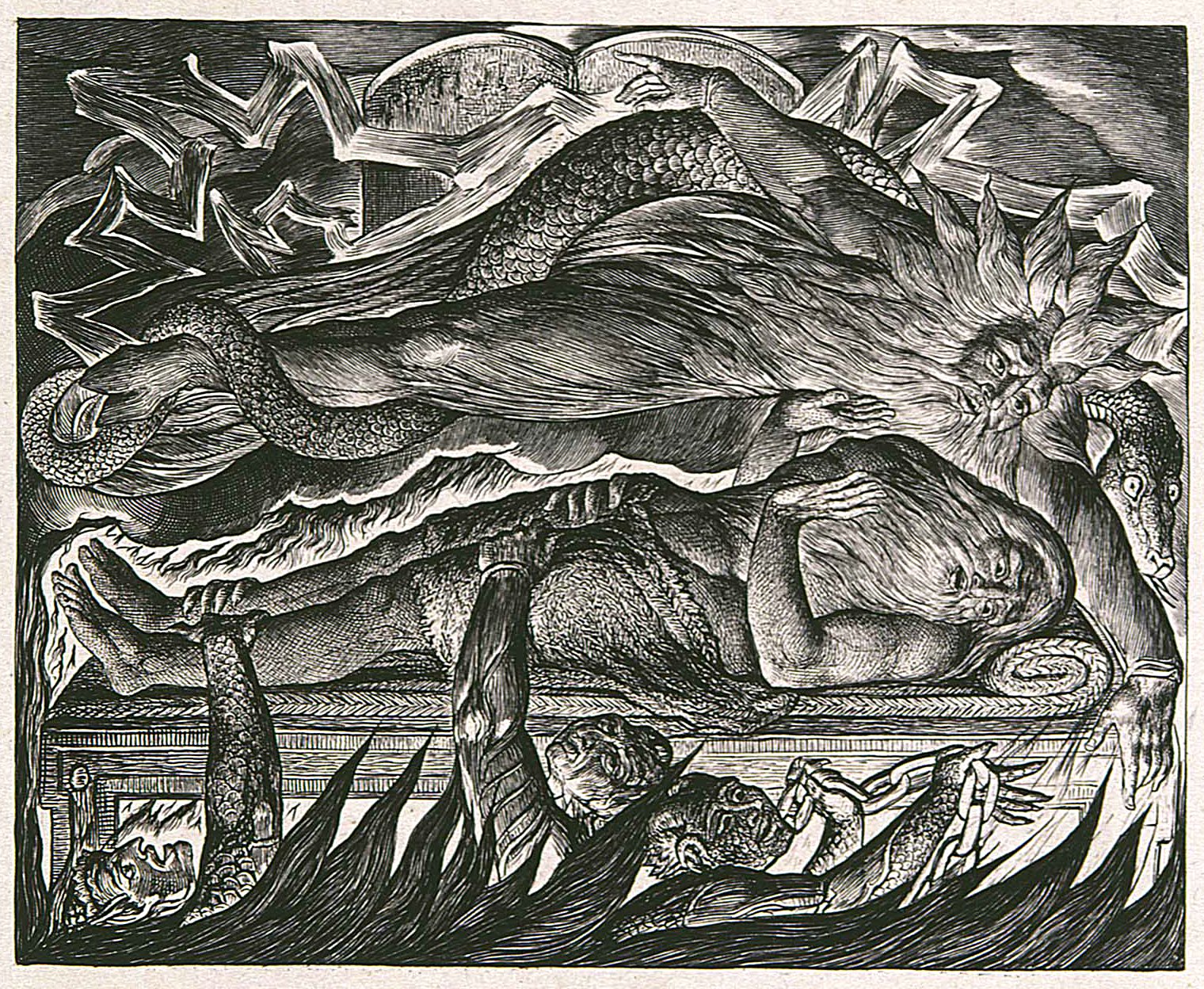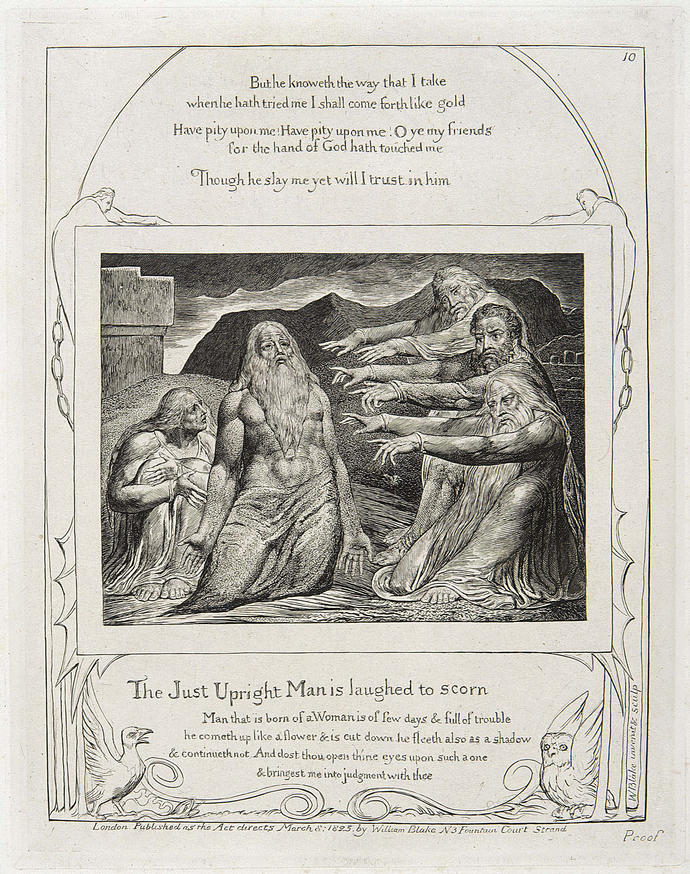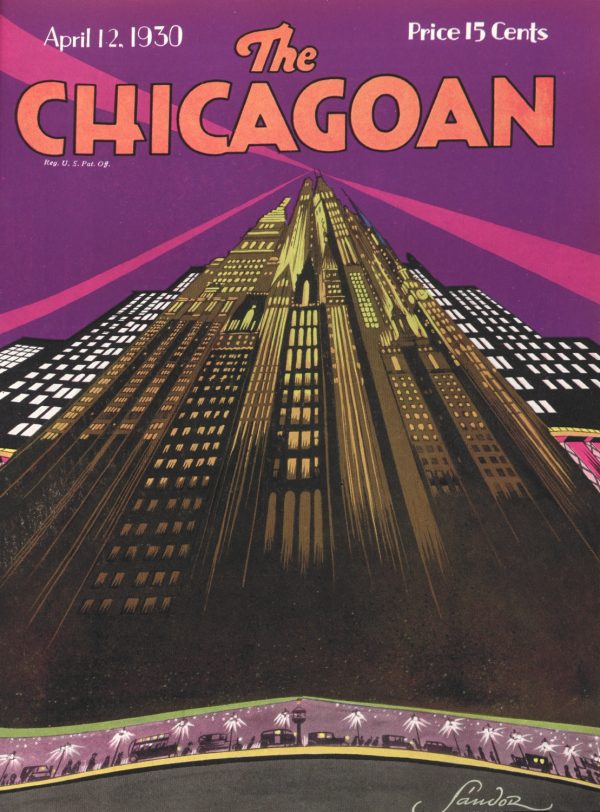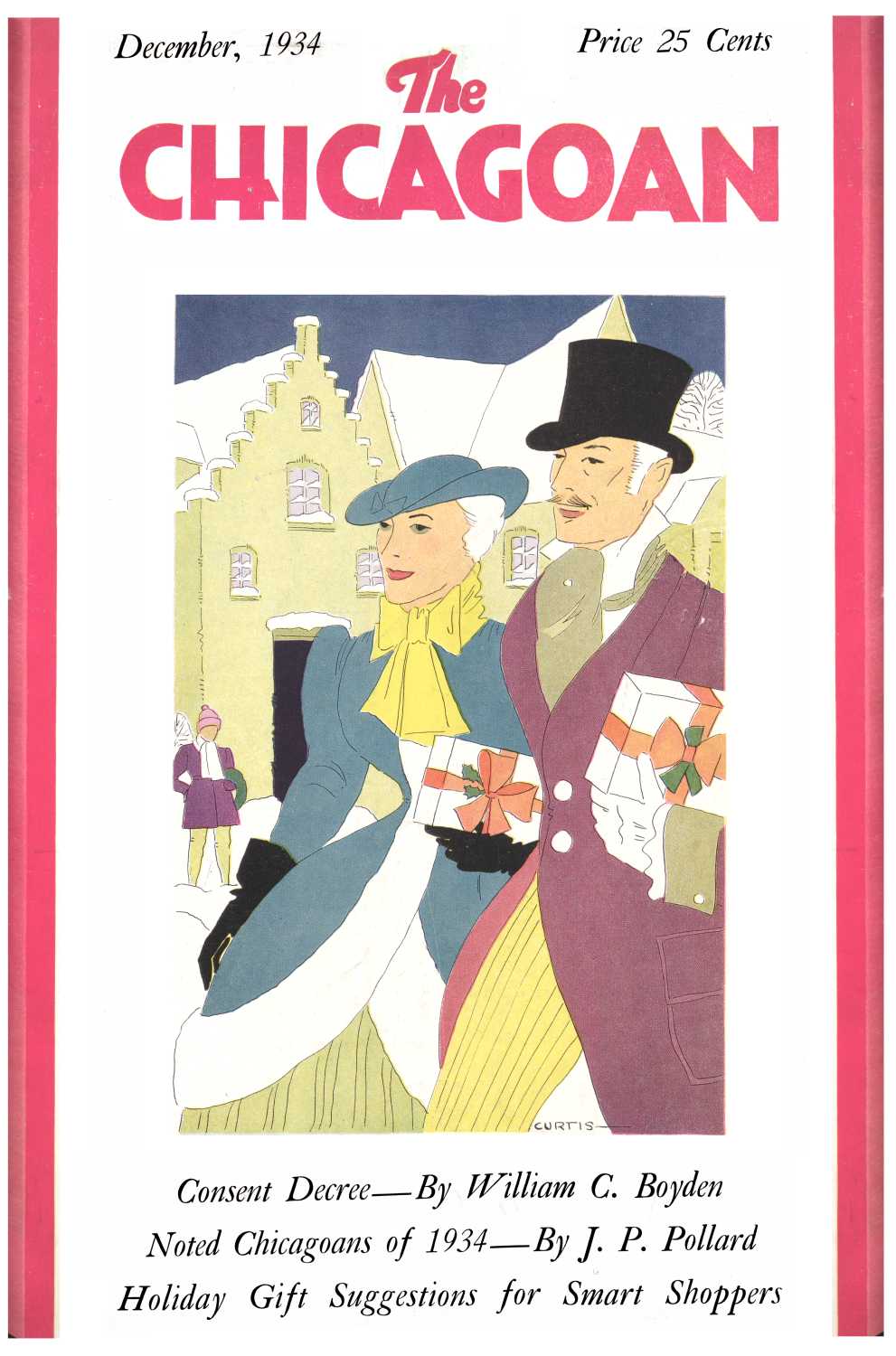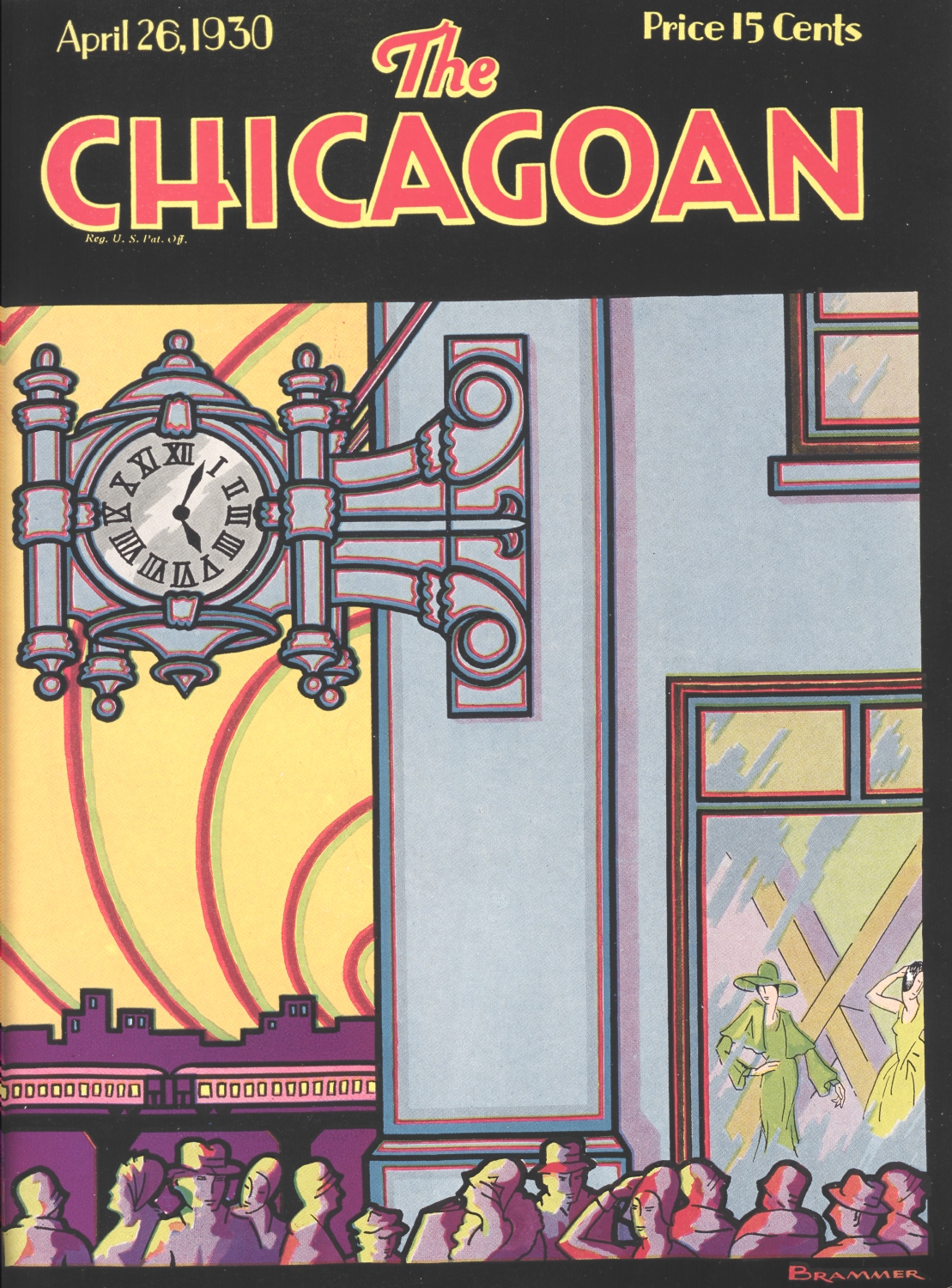Jazz has inspired a great many things, and a great many things have inspired jazz, and more than a few of the music’s masters have found their aspiration by looking — or listening — to the divine. But that doesn’t necessarily mean they subscribe to traditional religion. As befits this naturally eclectic music that grew from an inherently eclectic country before it internationalized, its players tend to have an eclectic conception of the divine. In some of their interpretations, that conception sounds practically all-encompassing. You can experience the full spectrum of these aural visions, from the deeply personal to the fathomlessly cosmic, in this four-part, twelve-hour playlist of spiritual jazz from London online radio station NTS.
“During the tumultuous ’60s, there was a religious revolution to accompany the grand societal, sexual, racial, and cultural shifts already afoot,” writes Pitchfork’s Andy Beta. “Concurrently, the era’s primary African-American art form reflected such upheaval in its music, too: Jazz began to push against all constraints, be it chord changes, predetermined tempos, or melodies, so as to best reflect the pursuit of freedom in all of its forms.”
This culminated in John Coltrane’s masterpiece A Love Supreme, which opened the gates for other jazz players seeking the transcendent, using everything from “the sacred sound of the Southern Baptist church in all its ecstatic shouts and yells” to “enlightenment from Southeastern Asian esoteric practices like transcendental meditation and yoga.”
It goes without saying that you can’t talk about spiritual jazz without talking about John Coltrane. Nor can you ignore the distinctive music and theology of Herman Poole Blount, better known as Sun Ra, composer, bandleader, music therapist, Afrofuturist, and teacher of a course called “The Black Man in the Cosmos.” NTS’ expansive mix offers work from both of them and other familiar artists like Alice Coltrane, Earth, Wind & Fire, Herbie Hancock, Gil Scott-Heron, Ornette Coleman, and many more (including players from as far away from the birthplace of jazz as Japan) who, whether or not you’ve heard of them before, can take you to places you’ve never been before. Start listening with the embedded first part of the playlist above; continue on to parts two, three, and four, and maybe — just maybe — you’ll come out of it wanting to found a church of your own.
Related Content:
John Coltrane’s Handwritten Outline for His Masterpiece A Love Supreme
Discover the Church of St. John Coltrane, Founded on the Divine Music of A Love Supreme
Space Jazz, a Sonic Sci-Fi Opera by L. Ron Hubbard, Featuring Chick Corea (1983)
Based in Seoul, Colin Marshall writes and broadcasts on cities and culture. He’s at work on a book about Los Angeles, A Los Angeles Primer, the video series The City in Cinema, the crowdfunded journalism project Where Is the City of the Future?, and the Los Angeles Review of Books’ Korea Blog. Follow him on Twitter at @colinmarshall or on Facebook.
